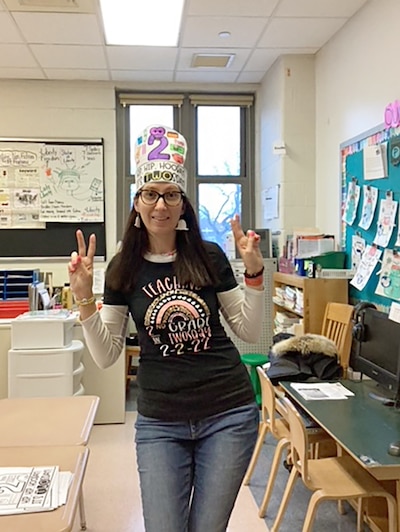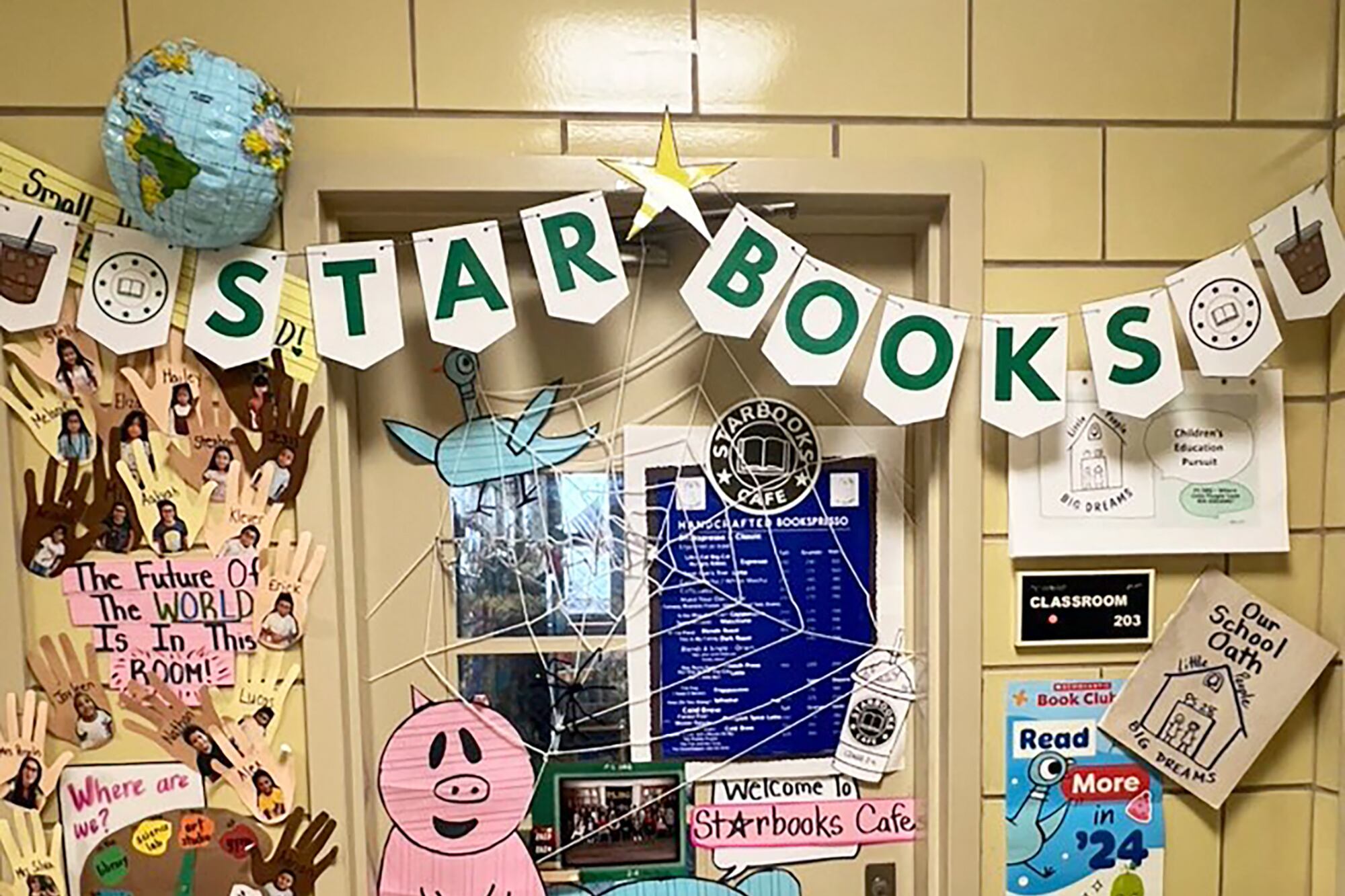In most school districts across the nation, teachers report to work a week before students show up for the first day of school.
In New York City, teachers return just two days earlier.
It’s not enough time, many educators say, especially since a large chunk of those two days are spent in professional development and learning about any new Education Department policies. (Schools, for instance, are gearing up for new literacy programs and new math mandates.) What ends up happening as a result: A lot of teachers come back earlier to set up their classrooms — even though they typically don’t get paid for it.
Educators, especially early elementary school teachers, use the time to decorate their doors and bulletin boards with welcome signs or various themes they plan to pursue throughout the year. They move furniture around and take inventory of anything they might need. They clean, dusting off window sills, removing cockroach carcasses, and yes, sweeping up mouse droppings. (In California, a teacher preparing her classroom for the first day found a bear.)
Many teachers say returning in August helps them feel less anxious for students’ first day, which this year is Sept. 5. But some complain that few other professions would stand for working without being compensated for it.
“I have been teaching for more than 30 years and have always gone back the last week of August,” said Robyn Ulzheimer, a kindergarten teacher at P.S. 87 on Manhattan’s Upper West Side, who has often brought her mom and sister to help.
She spends at least three days getting things in order. She’s stapling borders around her classroom door, making sure all of the crayons are fresh, and removing broken Magna-tiles. She’s moving, dusting, and cleaning furniture. And she’s taking stock on what she might need to buy at Staples. (Many teachers often spend their own money on school supplies.)
“I’m doing all the things to make it exciting and inviting for children,” she said, “so when kids come in, they know it’s open and ready and waiting for them.”
And even though back-to-school can feel stressful, she feels more relaxed coming in early, having lunch with other colleagues who return early.
“The two days allotted for professional development in September are not sufficient for preparing the classroom, especially for the younger grades where the learning environment is so crucial,” said Ioanna Perselis, a first grade special education teacher at P.S. 28, in Corona, Queens.

With two young sons, Perselis doesn’t find it easy to come to work in late August. But she makes it a priority, bringing her sons with her. She puts her boys, a second and third grader, to work, having them label books with her students’ names while she readies her “cozy corner” for kids to have a space to calm down. She organizes stuffed animals from storybooks, like Piggy and Gerald from Mo Willems’ Elephant and Piggie books. She wants her students to feel “amazed” when they walk in.
Arthur Goldstein, who now teaches part time at Francis Lewis High School in Queens after retiring from full-time teaching, said he only came in when required to do so after Labor Day — but in his overcrowded school, he didn’t have his own classroom, nor did he enjoy decorating bulletin boards. But anyone who returns early should be compensated for it, he said.
“Going in early is an elementary thing. They have their own rooms, all day, and have to make it like a second home,” Goldstein said. “It’s unconscionable that the city doesn’t give them sufficient time to do so.”
Middle school art teacher Jake Jacobs said his Bronx school pays teachers to come in for three half days in August for optional professional development. While they’re there, many teachers end up staying to decorate their classrooms, and he often helps them with their welcome back signs as he unpacks his art supplies.
“Once you’re in the building, of course you’re going to want to see what the custodians did, clean up the waterbugs and the layers of silt on the windowsills,” Jacobs said. “The teachers don’t have to stay longer and work for free, but how are you going to get ready otherwise?”
Enid Rodriguez, recently retired as a full-time teacher at P.S. 305 in Ridgewood, Queens, but is continuing to work there a few days a week as a substitute reading and library teacher. She is planning to come back early again to help other teachers at the school.
“I truly enjoy being prepared,” Rodriguez said.
If she didn’t go back early to set up her classroom, she said, “I would freak out.”
Amy Zimmer is the bureau chief for Chalkbeat New York. Contact Amy at azimmer@chalkbeat.org.






